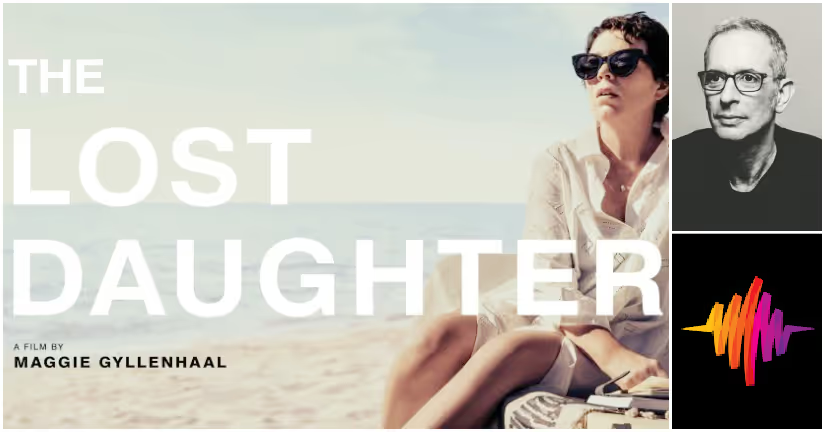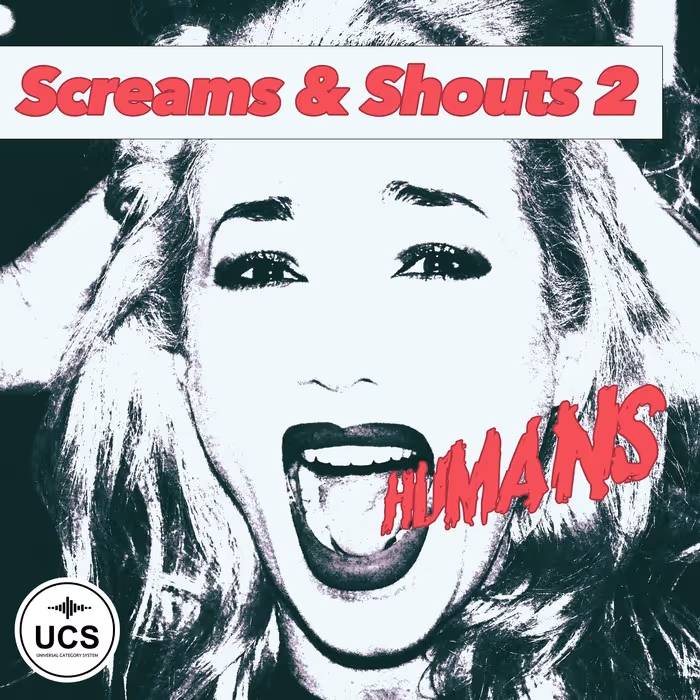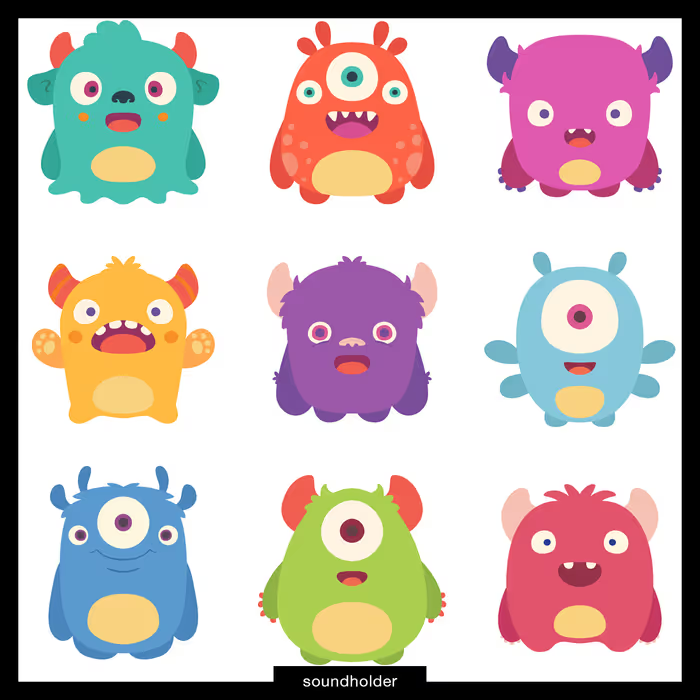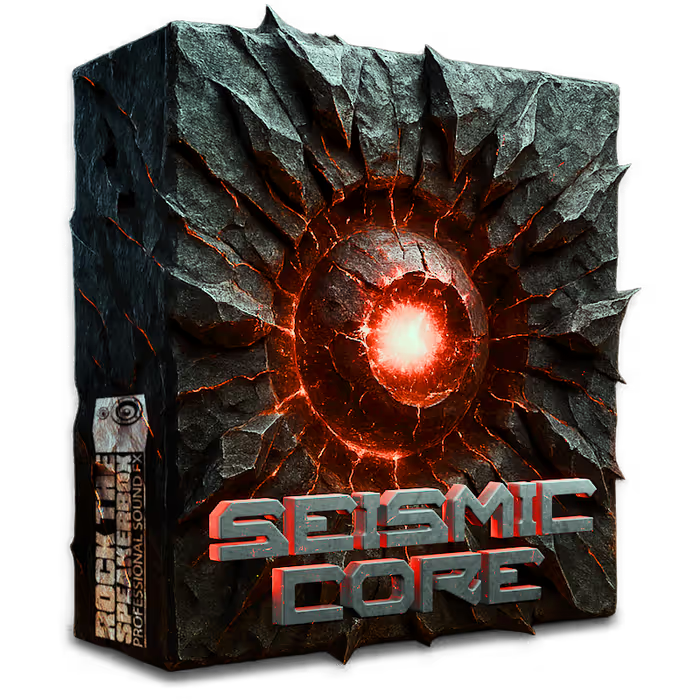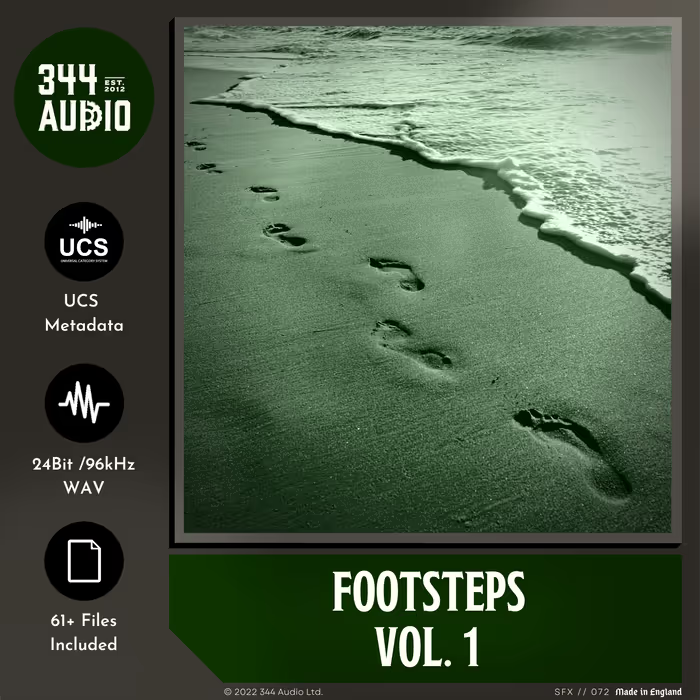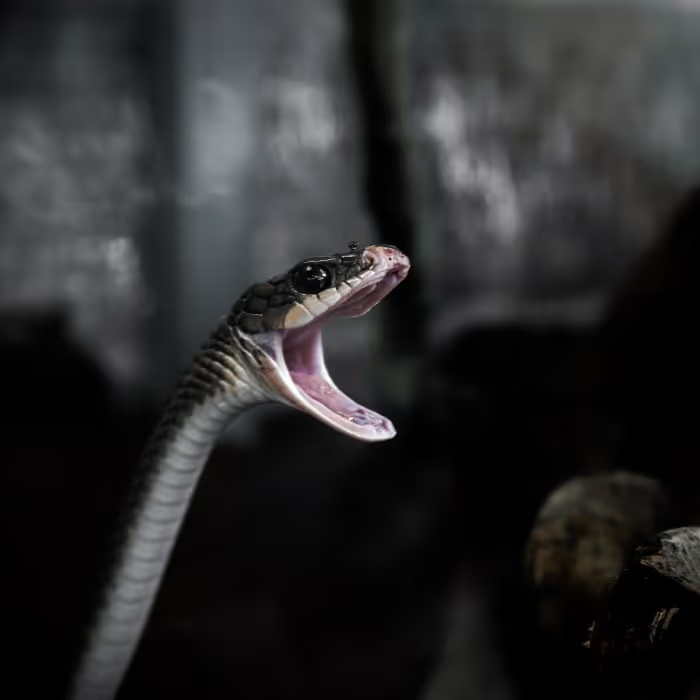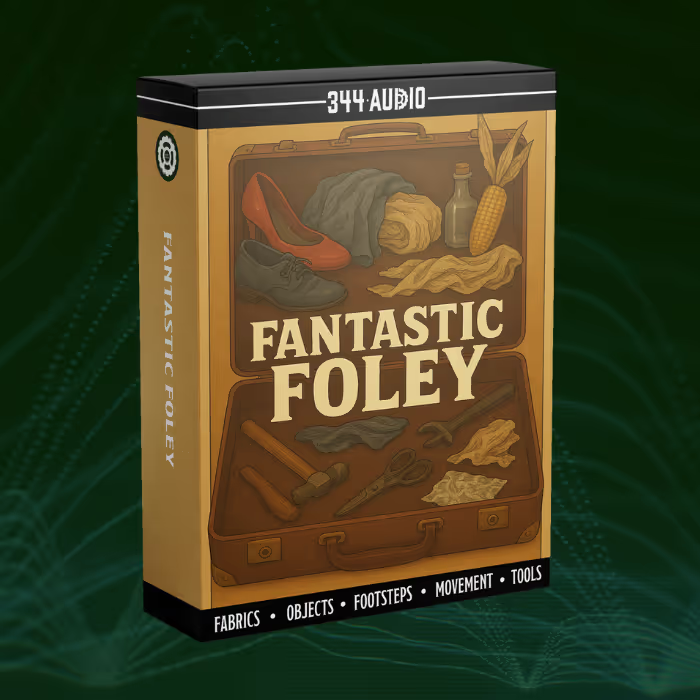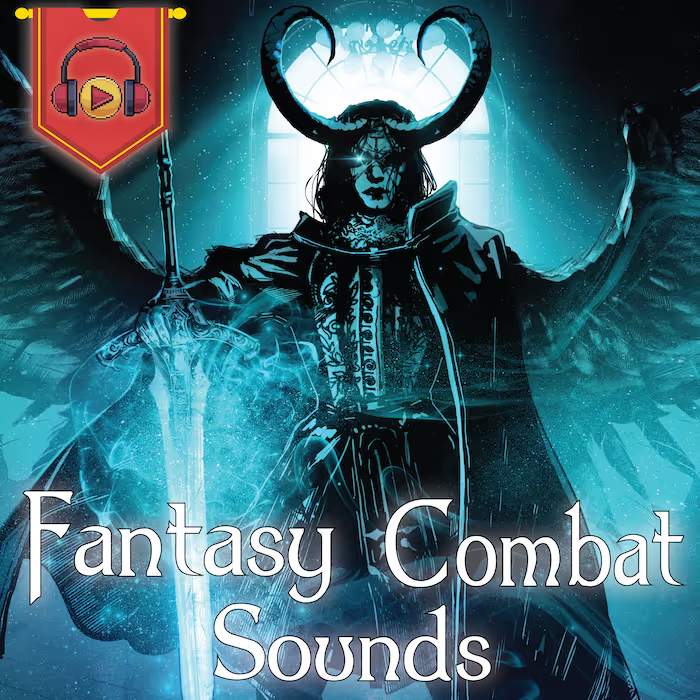Mootherhood is demanding, rewarding, confusing, challenging, joyous, and above all life-changing. But should a woman sacrifice her goals in order to raise her children? Should she feel guilty about prioritizing her desires and dreams?
In the Netflix film The Lost Daughter, director Maggie Gyllenhaal explores these tough questions through the eyes of Leda, a woman who chose to pursue her own passions for a stint instead of staying at home to raise her two young daughters. The film picks up with a middle-aged Leda (played by Olivia Coleman), whose children are now grown. She’s on vacation alone in Greece and seems perfectly content. But the arrival of a family disrupts her peaceful state. Leda watches a young mother and daughter interact, which recalls memories of her early years of motherhood. Gyllenhaal slowly reveals Leda’s story through these memories, helping the audience to understand who Leda is and how that shapes her decisions.
Oscar-nominated supervising sound editor/re-recording mixer Leslie Shatz — who worked on the film at Goldcrest Post NY and final mixed there in 5.1 on Stage Q – used sound to help link Leda’s memories to her current situations, giving the film a seamless flow between past and present.
Here, Shatz talks about making subtle choices that support the story’s emotions in lieu of always being literal. Shatz talks about his collaboration with first-time director Gyllenhaal and how the unique challenges of each film he works on still help him to grow creatively and improve his sound craft even after 51 successful years in the biz.
The Lost Daughter | Official Trailer | Netflix
Director Maggie Gyllenhaal did a lovely job of structuring this film so that Leda’s memories mingle with her present. For example, when the little girl Elena goes missing, Leda relives her similar experience of losing her daughter Bianca on the beach. I love how you sonically bridge this reality and Leda’s memory. Can you talk about your approach?
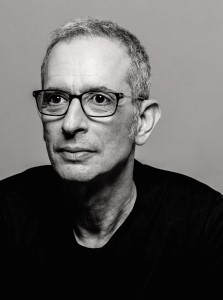
Leslie Shatz (LS): I’m glad you liked that. I told Maggie that Leda is going to be in the Atlantic Ocean in that memory, which sounds a lot different from the Mediterranean Sea in Greece where they are at present. There are not many large waves in the Mediterranean Sea. So, I tried to make the Atlantic sound violent; this also reflects Leda’s mental state of dealing with her child missing at that time. And Maggie went for it.
Maggie is very tasteful and discreet. I would sometimes try to push her a little bit further than she wanted to go, but the opposite is true, too. She pushed me out of my comfort zone.
In the film, there’s this element of the foghorn. Sound people always end up getting stuck with the idea of: what does a foghorn really sound like? I went onto YouTube and looked for Greek lighthouses as reference. But it didn’t have to be Greek. In fact, I found something Italian. But I wanted it to sound foreign, weird.
I grew up in Chicago and I remember we had some board game from another country and all the names were weird and the cards were weird. And I felt that I wanted this film to have that weird, European appeal.
I thought the foghorn I put in was pretty good, but Maggie felt it was wrong. She wanted it to knock you over.
I love when directors tell me something that I didn’t know (and I don’t mean for that to sound stuck up) but I’ll watch the film numerous times and get my own impressions and ideas. But when Maggie said that wasn’t right, I realized that I was stuck in the realism and she was telling a story. The sound had to tell that story.
So, of course, after something like that happens I feel like an idiot.
But the sound that ended up working was one of my prized sounds from the Golden Gate Bridge. The Golden Gate used to have a foghorn before it was dismantled, so this is a vintage recording I had captured. I used to live in Marin County, which is about 20 miles from there, and I remember hearing the foghorn in the middle of the night. It would be booming and wake you up.
When it came to the car crash in the film, Maggie said we didn’t need to hear that. In fact, it’s more dramatic without that sound.
So I was excited to use that. Maggie wanted it to be bigger and so I pitched it down a little bit and manipulated it. Maggie wasn’t afraid to go there.
When it came to the car crash in the film, Maggie said we didn’t need to hear that. In fact, it’s more dramatic without that sound. Maggie did this thing in the film where she’d leave you slightly confused for a brief period of time. While we were working on it, I went back and watched In the Mood for Love, a Wong Kar-wai film, and you’re confused at moments throughout that film. But that makes it kind of sweet because in the end, you wonder was that the boyfriend or husband? You have to really think about the film and what was going on. I believe The Lost Daughter has resonated with certain people for that reason.
In terms of sound, the challenge for me is always to try to stay away from the obvious, to not go for the easy solutions. The easy solutions are easy because they’re the ones that come to you first. It takes a lot of discipline to reject them and to probe deeper.
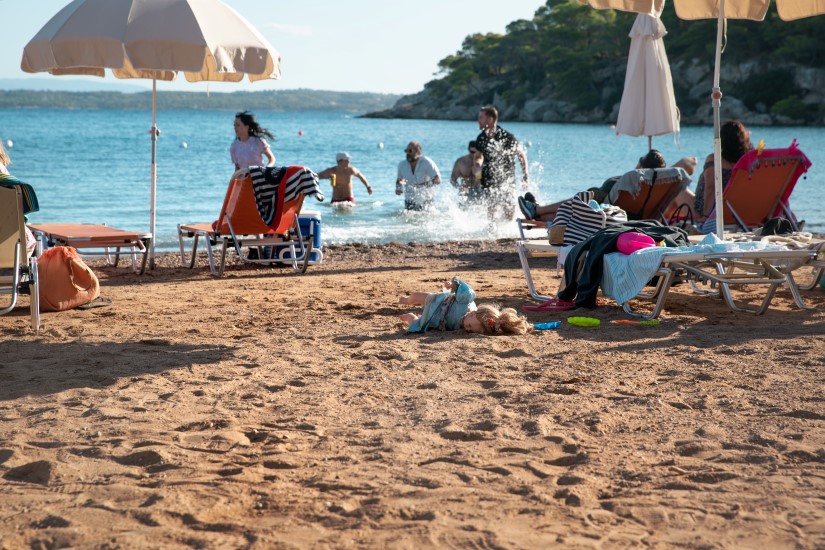
I love that we don’t know what’s going on with Leda at the beginning of the film. Leda is on vacation alone, but she seems relaxed. Untroubled. How did you use sound to help establish where she is emotionally in the beginning? How did you use the environment to help signal her emotional change as her tranquil spot is invaded by other vacationers?
LS: I brought a really great set of sounds from A Sound Effect, a library of natural sounds from Greece (The Athens & Greece sound library by C O L O S S A L). It had some really beautiful sounds of water lapping. Sometimes you can’t escape the fact that if a sound is right for a place then you know it’s right.
The sound of water lapping can put you to sleep or put you in a beautiful mood when you’re on vacation, so I wanted to go for that feeling.
…Leda is in a reverie while she’s laying there trying to figure things out, and backward reverb for me is like a memory indicator.
A lot of the work is being done by the mix when the family arrives. I used a few little tricks, like backward reverb on the voice. My feeling is that Leda is in a reverie while she’s laying there trying to figure things out, and backward reverb for me is like a memory indicator. So this was a gentle way to ease into the family first coming onto the beach. And then, boom. They take over. We beef that up with more voices just so it sounds like it could be a thousand people all arriving at the same time.
In the mix, we make it build and build.
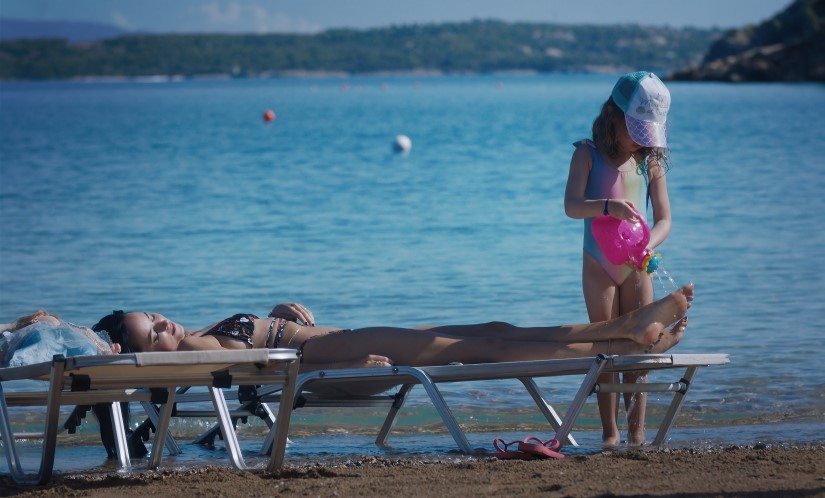
Another great moment for Leda’s memory merging with her present happens while she’s watching Nina and her daughter Elena interact. Leda looks affected by this but we don’t know why. Leda has a flashback to a moment with her daughters on the beach. Sonically, how did you stitch these moments together, past and present, so they not only made sense but had the most emotional impact?
LS: This is one of the first times that happens and so the audience is a little confused about what’s happening. I felt that for here I really wanted to differentiate the places in the backgrounds. Maggie was in favor of doing that here but it wasn’t something she was always in favor of. We tried to find a very particular sound for the beach of Leda’s memory versus the beach she was currently on.
There are insects that are building a feeling in Greece whereas we didn’t use insects in Leda’s memory.
…when you bury the dialogue it’s like a no-no. It’s a cardinal sin. But Maggie said that she didn’t really want people to understand what they’re saying at that point.
The interesting thing is that Maggie didn’t mind burying the dialogue. In my craft, you tend toward the literal sounds and when you bury the dialogue it’s like a no-no. It’s a cardinal sin. But Maggie said that she didn’t really want people to understand what they’re saying at that point.
And I have to hand it to her, it really works. When someone is speaking softly, it draws you further into the story.
Things like that, and many other little things we did comprise the soundtrack. This is no big spaceship landing or car chase. It’s all very subtle ideas that are trying to operate on the subconscious if possible, and it makes it a hard film to talk about.
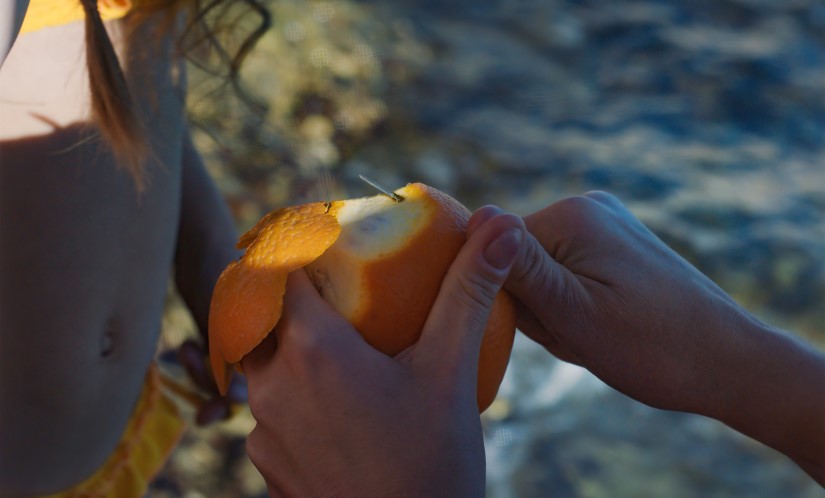
I love that the dialogue isn’t always intelligible, especially when Leda is having these little moments with her children. It’s more of an emotional feeling and less about exactly what they’re saying. I think that’s the important part, that emotional feeling…
LS: But as a mixer, it’s counterintuitive. It’s like, “Oh man, what’s going on here? We can’t hear the dialogue.” Whenever we play back for the producer, there’s always a note saying they don’t understand the dialogue somewhere. Always.
I like to be in a situation where I can learn, and this film was an opportunity. Maggie is thanking me, but I’m also thanking her.
On this film, the producers were delightful. And, they totally supported Maggie. But there was one moment when Ed Harris’s character is cooking calamari and he makes an “ugh.” You can see him doing it, and the question was: where’s that sound?
So that was our dialogue note on this film!
I like to be in a situation where I can learn, and this film was an opportunity. Maggie is thanking me, but I’m also thanking her.
Every film you have to start from scratch, start anew and try to throw out any assumptions you had, and find new ideas, new methods.
When I was first starting out in sound, I remember a mixer saying to me, “No, no, you don’t understand. This is the way we always do it.” When I went home, I thought, “How can you always do things the same way on every film? Every film is different. Every story is different.” So I rejected the idea completely.
Every film you have to start from scratch, start anew and try to throw out any assumptions you had, and find new ideas, new methods.
Finding the Score of ‘The Lost Daughter’
Leda goes to see a film and a group of teenagers come in; they’re very disruptive. Much of this scene is told off-screen using sound. We just see the faces of Leda and the other audience members. Can you talk about your use of sound in building out this scene?
LS: The film they’re screening is a generic film but was a great choice for this sequence. I think it was partly chosen based on what they could afford. Our brilliant composer Dickon Hinchliffe recreated the score because they couldn’t afford the original music.
We have the film booming in that movie theater, and that’s where we really open up in 5.1 and have the reverb all around us. We were able to work with the kids’ voices and pan them around because there were a lot of wild snippets used to augment what was there, to build up to that crescendo when the guy tells them all to shut up.
…that’s where we really open up in 5.1 and have the reverb all around us.
It was frightening for me when I first saw that scene, especially when they started chanting “Blue Lives Matter.” Maggie said that the kids came up with that by themselves. Just the thought that on some island in Greece people are thinking like that is just horrifying.
The foley team at Alchemy Post is amazing because they’re like filmmakers too.
We wanted to make the cut to the ticket booth have a very strong delineation. We go back to nature sounds, and as a throwback for me, I put in the sound of a movie projector. They probably still had movie projects on that island. I remember being in movie theaters like that and hearing that warm purring of the projector in the background when you go out to the popcorn stand or go to the bathroom. Hopefully, that added to the feeling.
For the commotion – the sneaker squeaks, throwing popcorn, and the chair impacts – that was all foley. The foley team at Alchemy Post is amazing because they’re like filmmakers too. When I work on a film, I try to understand the film from the inside out and they do the same thing. They come up with foley sounds that are really astounding. They watch the film so carefully and try to figure out how things get from point A to point B. Then they also choose the right sounds. I’ve worked with them for the last five or six years and they’re fantastic. They deserve a lot of credit for what they contribute to the film.
[tweet_box]Finding the Sound of Netflix’s ‘The Lost Daughter’ with Leslie Shatz[/tweet_box]
I love that sound! I used to be a projectionist…
LS: It’s a great sound! A friend of mine who is an aspiring director works as a projectionist. He’s French, and he says, “I have to be close to film at all times!” His way of marking time while he’s trying to get his project off the ground is to be in projection booths.
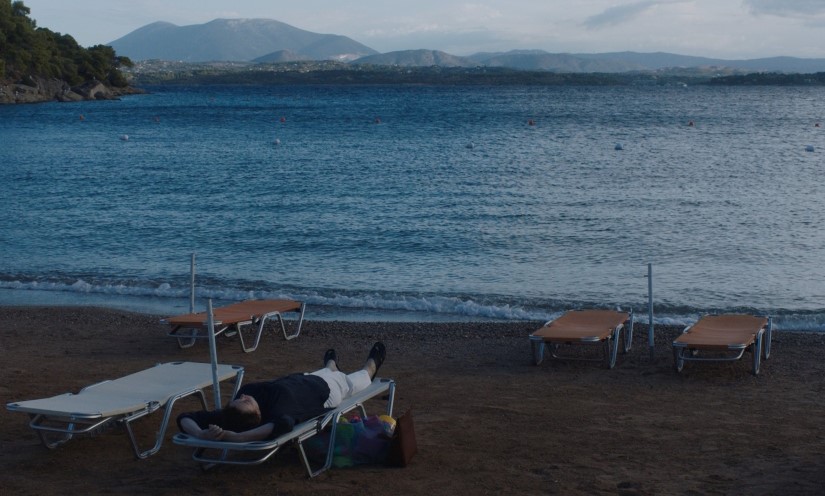
If you had to pick one scene that best represents your use of sound on The Lost Daughter, what scene would that be and why?
LS: I’d say it’s when Leda gets in the car to leave at the end of the movie. I feel like the music and sound build together to a very uncertain moment. When she’s on the ground, lying there potentially dead, I love the sound of the wave that hits her in the face. There’s a little wave that slaps her and brings her back to life.
By then, the viewer understands the language of the film and the way that sound is being used and you realize that when you come to that moment of her epiphany.
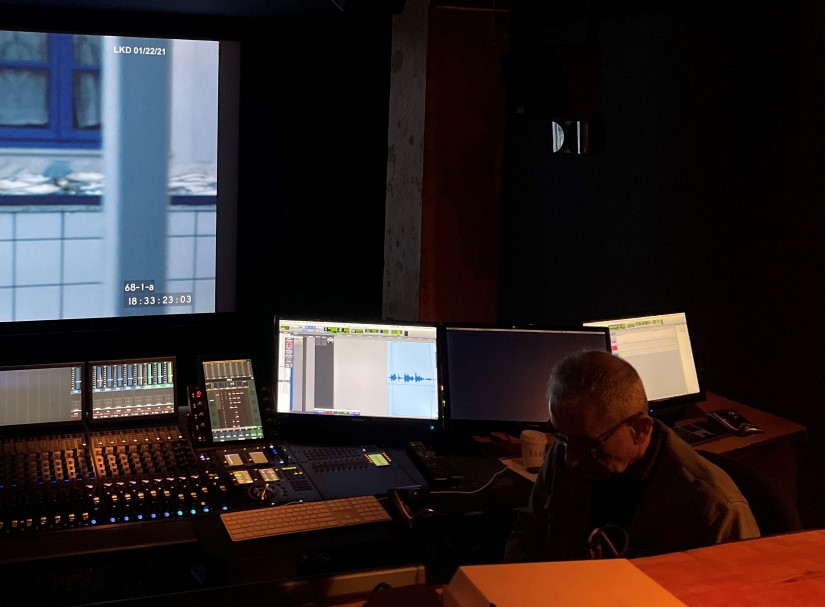
In terms of sound, what are you most proud of on The Lost Daughter?
LS: I’m proud of the overall mix because there was a lot of subtlety. There are a lot of individual things you won’t notice but as with anything subtle – like all the little brush strokes in a painting – the fine details combine together making an entire whole. I think it’s the same with mixing or with the whole soundtrack. It’s all the little things; you can’t point to any one specific detail but they all work together to make you feel it’s a complete piece with the picture, the acting, the music, and sound – it’s all working together.
That means a lot when the composer likes what I’m doing because he’s an inside person who can tell the difference between the crap and the good stuff.
The composer Dickon [Hinchliffe] wrote to congratulate me on the mix. That means a lot when the composer likes what I’m doing because he’s an inside person who can tell the difference between the crap and the good stuff.
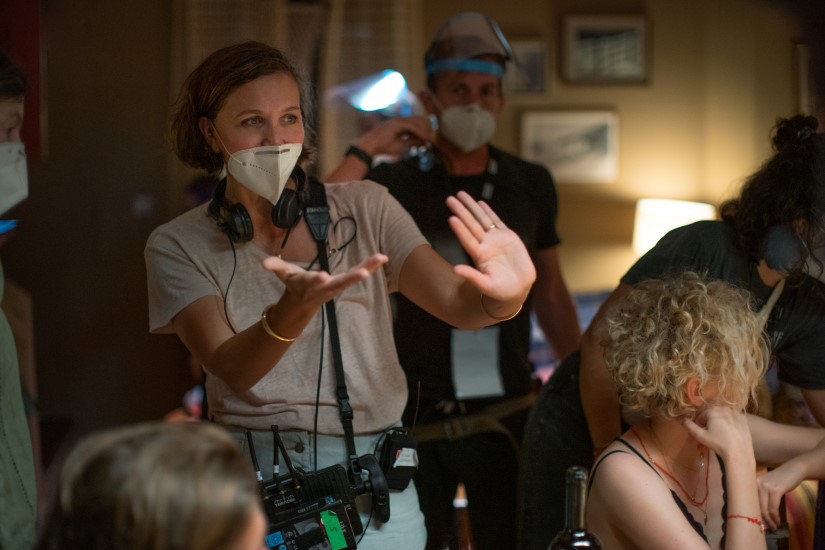
There’s so much going right with this film – the way that dir. Gyllenhaal unfolds this emotionally complex story, the acting, the music, your use of sound. It left a lasting impression on me. It’s a film that is all about feeling, and I walked away feeling it for sure…
LS: My wife doesn’t usually watch the films I work on because I talk about them so much as I’m working on them, but I showed her this one and she said, “Wow. This movie is really good.” It’s one of those rare cases where the movie is good and the experience of working on it was delightful. Maggie was just delightful. She’d call me or write me to say she just saw a film, like Touch of Evil and she liked the ticking sound. I love that because nowhere in The Lost Daughter is there a clock that’s ticking, but the ticking sound is what gave me the idea to use the metallic cooling ticks of the engine after Leda’s crash because Maggie didn’t want to have the car crash sound. So the ticking plays underneath the foghorn at the beginning of the film, during the title credits.
Maggie loves films so she’d watch films and use elements as a reference. So that was fun. And the film turned out well, and it challenged me.
A big thanks to Leslie Shatz for giving us a behind-the-scenes look at the sound of The Lost Daughter and to Jennifer Walden for the interview!

